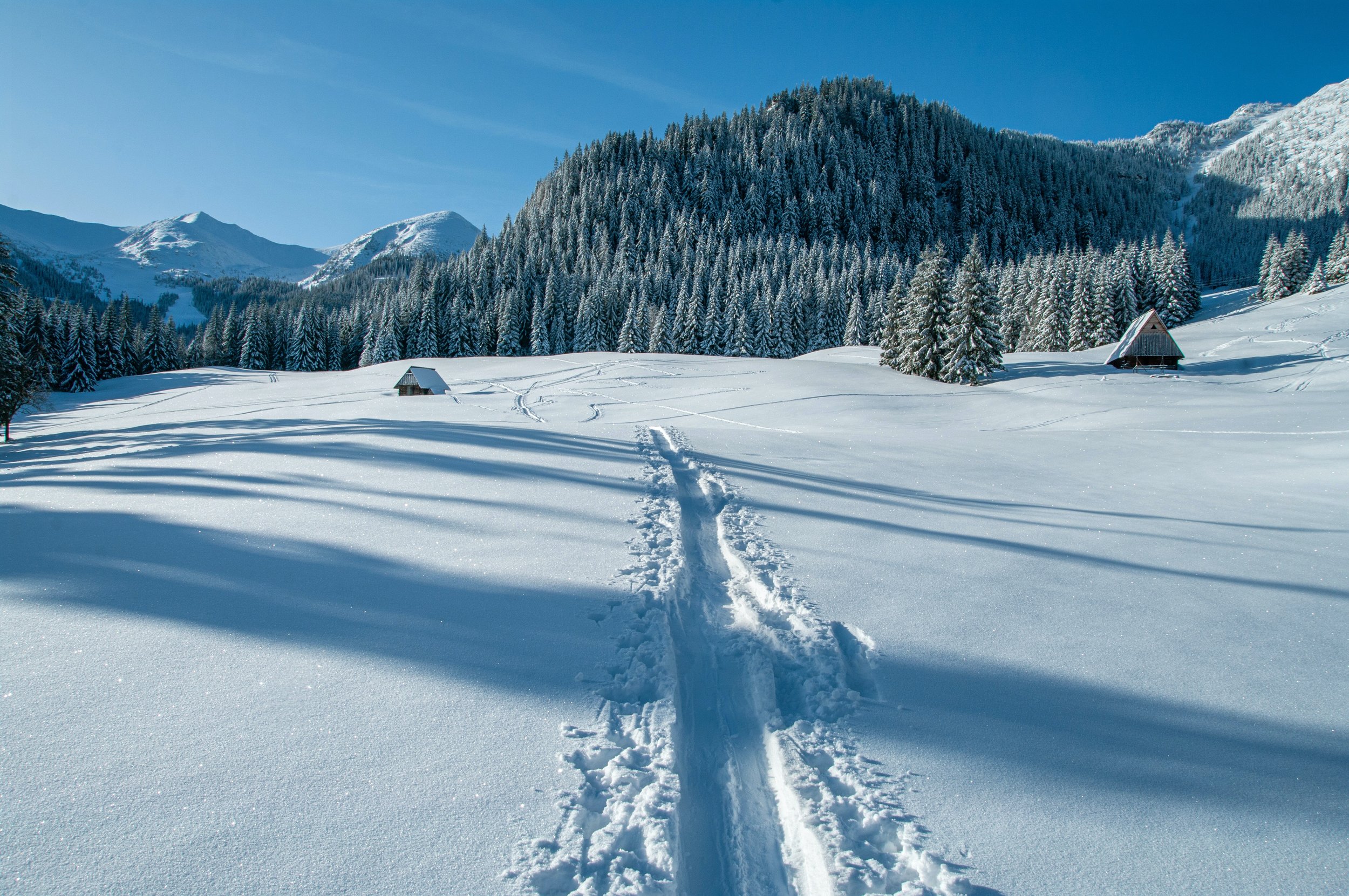It is that time of year where many people are hitting the pavement and trails ramping up for races or just general fitness goals. Some may have gutted out the wintry weather and tried to sneak in runs during breaks in the rain or indoors on the always reliable treadmill. With an increase in volume of running, we often see repetitive stress injuries that can come with inadequate attenuation of forces. If you’ve been running long enough, chances are you know someone or have a running partner who dealt with a recalcitrant tendon issue, whether involving the Achilles tendon, peroneal tendon or patellar tendon. Or maybe you had to deal with it yourself. If so, hopefully you’ve packed your patience as the process can be frustrating. If you have ever had these injuries sideline you then you know how it can hinder your ability to compete in athletic activities. It’s helpful to understand the physiology of what is happening to the tendon in order to know how best to treat it, ideally while working alongside a physical therapist familiar with running and jumping injuries.
Bone Stress Injuries
What is a bone stress injury (BSI) and how do I know I have one? How long will it take to get me back to running? As a physical therapist who treats a lot of runners and as a lifelong runner myself, I have always had a passion for keeping runners running. The act of running can make someone’s day tick along better, can help with consistent sleep, calm the nerves and can even make a runner more fun to be around. It can be social or an act of solitude. It can be alarming for a runner when they start to experience a nagging pain that doesn’t warm up or even worsens as they run. Pain that doesn’t dissipate with a warm-up routine or is vague at first but then becomes localized or intensifies through the run can be a sign of a bone stress injury or BSI. BSI is a general term indicating mechanical load is exceeding the bone’s structural ability to withstand the load. However, BSIs occur on a continuum. One end of that continuum is a stress reaction, the other end can be stress fracture or even a full fracture of the bone. The runner recognizes this as pain that isn’t normally present. BSIs can occur for many reasons whether due to biomechanics or from a nutritional standpoint or a combination of both. As high-school and college cross-country runners prepare now for this upcoming season, they should be aware of the common causes and ways to prevent bone stress injuries.
Bone Stress Injuries
What is a bone stress injury (BSI) and how do I know I have one? How long will it take to get me back to running? As a physical therapist who treats a lot of runners and as a lifelong runner myself, I have always had a passion for keeping runners running. The act of running can make someone’s day tick along better, can help with consistent sleep, calm the nerves and can even make a runner more fun to be around. It can be social or an act of solitude. It can be alarming for a runner when they start to experience a nagging pain that doesn’t warm up or even worsens as they run. Pain that doesn’t dissipate with a warm-up routine or is vague at first but then becomes localized or intensifies through the run can be a sign of a bone stress injury or BSI. BSI is a general term indicating mechanical load is exceeding the bone’s structural ability to withstand the load. However, BSIs occur on a continuum. One end of that continuum is a stress reaction, the other end can be stress fracture or even a full fracture of the bone. The runner recognizes this as pain that isn’t normally present. BSIs can occur for many reasons whether due to biomechanics or from a nutritional standpoint or a combination of both. As high-school and college cross-country runners prepare now for this upcoming season, they should be aware of the common causes and ways to prevent bone stress injuries.
Backcountry Skiing
As most people learned to punt last year, outdoor recreation was one of the activities that people could do to keep busy while social distancing. There was an explosion in Nordic (cross-country) and backcountry skiing. These often get confused as the same thing but they are very different sports requiring quite different equipment and are different altogether than resort skiing. With resort skiing, injuries tend to be more traumatic such as occurs when crashing at a high speed or misjudging a turn. Resort or inbounds skiing was covered in a past blog so we will turn attention to Nordic and backcountry skiing now. In these disciplines, injuries tend to result from repetitive stress. Pole length, pole grip and pole adjustability are very important with Nordic and backcountry skiing to avoid overuse. It can be helpful to understand the benefit of sport-specific training when one has a good grasp of what each sport requires. This is especially important when starting a new sport as it will help to develop appropriate training habits while learning form and ultimately will optimize performance.
Running Warmup & Stretching?
It is that time of year where many people are hitting the pavement and trails ramping up for races or just general fitness goals. Some may have gutted out the wintry weather and tried to sneak in runs during breaks in the rain or indoors on the always reliable treadmill. With an increase in volume of running, we often see repetitive stress injuries that can come with inadequate attenuation of forces. If you’ve been running long enough, chances are you know someone or have a running partner who dealt with a recalcitrant tendon issue, whether involving the Achilles tendon, peroneal tendon or patellar tendon. Or maybe you had to deal with it yourself. If so, hopefully you’ve packed your patience as the process can be frustrating. If you have ever had these injuries sideline you then you know how it can hinder your ability to compete in athletic activities. It’s helpful to understand the physiology of what is happening to the tendon in order to know how best to treat it, ideally while working alongside a physical therapist familiar with running and jumping injuries.
To the Mountains!
As most people learned to punt last year, outdoor recreation was one of the activities that people could do to keep busy while social distancing. There was an explosion in Nordic (cross-country) and backcountry skiing. These often get confused as the same thing but they are very different sports requiring quite different equipment and are different altogether than resort skiing. With resort skiing, injuries tend to be more traumatic such as occurs when crashing at a high speed or misjudging a turn. Resort or inbounds skiing was covered in a past blog so we will turn attention to Nordic and backcountry skiing now. In these disciplines, injuries tend to result from repetitive stress. Pole length, pole grip and pole adjustability are very important with Nordic and backcountry skiing to avoid overuse. It can be helpful to understand the benefit of sport-specific training when one has a good grasp of what each sport requires. This is especially important when starting a new sport as it will help to develop appropriate training habits while learning form and ultimately will optimize performance.
Strength Training for Runners
Sometimes runners have a tendency to run and only run. For good reason. Running is fun, endorphins are released and running feels like an efficient use of your exercise time. If you are like me, I love putting races on my schedule to have something to aim for and to give me that extra push when I might otherwise not get out for a run. But to be a complete runner, one should think of running as going hand in hand with strength and stability training. Strength and stability training can be very beneficial to reduce the risk of injury as well as enhance running performance. Runners are often diagnosed with injuries including Achilles tendinopathy, patellofemoral pain syndrome, ITB syndrome, medial tibial stress syndrome (shin splints) and hip bursitis. Use of a formal training program has been found to decrease the risk of race related injury among half marathoners. Even elite runners have a strength and stability program built into their regimen.







